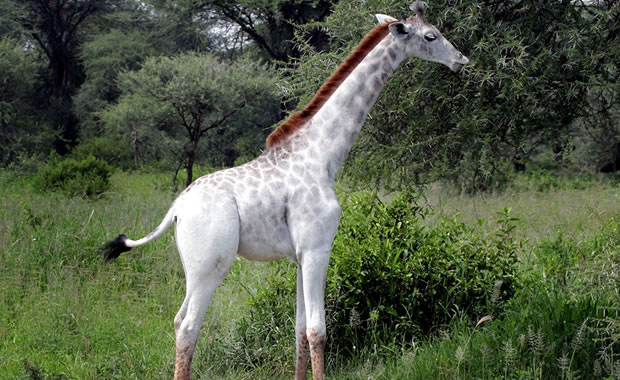|
Advertisement
|
Creature Profile
Altai Weasel is a carnivorous mammal from the family Mustelidae. Adults measure up to 17.7 inches long and up to 12.4 lbs heavy. In both winter and spring this species undergoes molting. Its fur is gray to grayish brown with some pale yellow in summer while in winter its usually colored dark yellowish to ruddy brown while its underside is pale yellow to creamy white The part of its head between the muzzle and ears are colored dark gray-brown. It has a long tail which is more rufous than its back and is not very bushy. Its lips are colored white while its chin possesses vibrissae (long hairs) of garish-brown to white color. Altai weasel resembles the Siberian weasel except for its color, a tail that is less luxuriant, and its shorter fur.
Diet consists of pikas and voles which are its main food. It also feeds on ground squirrels, rabbits, fish, insects, lizards, muskrats and small birds. This species lives in crevices of rocks, trunks of trees, and in abandoned burrows in habitats such as sparse vegetations in forests, woodlands, and in rocky tundra. It does not migrate. Breeding occurs once every year and mostly in spring. Males exhibit aggression towards each other during the breeding period usually when fighting for a female. Altai weasel gestates for up to 49 days after which up to 8 kits are born. These kits are usually born hairless and blind.
Major threats to this species include conversion of habitats, changes in the climate, pika control campaigns leading to loss in its prime source of food, degradation of mountain meadows, and hunting and killing mostly for use of its parts in traditional medicine and for its fur. It is listed in the IUCN Red List, in Schedule II Part II of the Indian Wildlife Act, and in Appendix II of CITES. It is also protected in areas where it occurs for instance in China and Sichuan. No data exists on estimated population size of this species.
Wikipedia Article

|
Wikipedia Article Copyright Notice: This article is licensed under the GNU Free Documentation License. It uses material from the Wikipedia article "Mountain weasel". |
March 19, 2023
Glenn, C. R. 2006. "Earth's Endangered Creatures - Altai Weasel Facts" (Online). Accessed 7/26/2024 at http://earthsendangered.com/profile.asp?sp=11334&ID=6.
Need more Altai Weasel facts?



